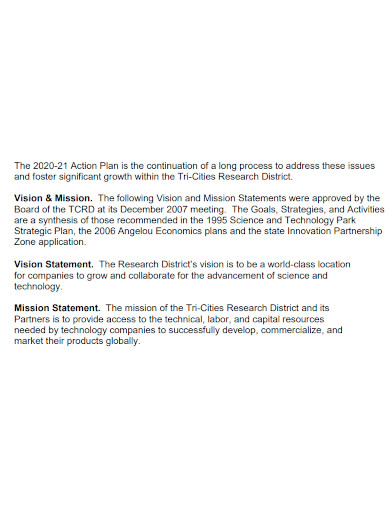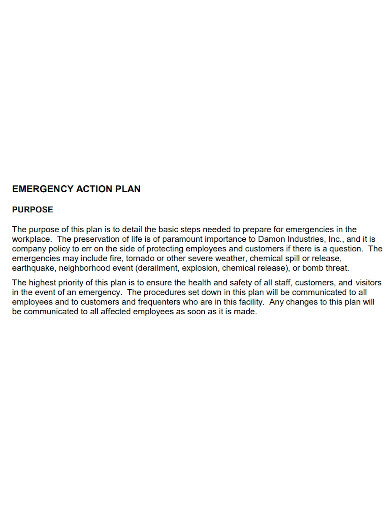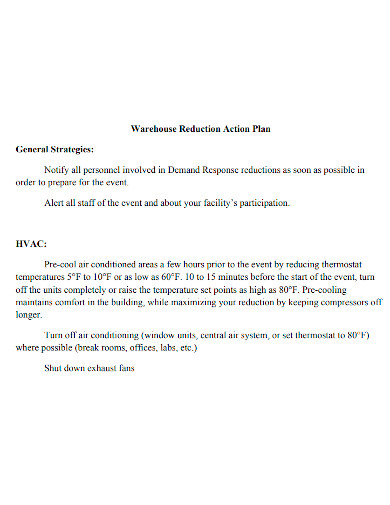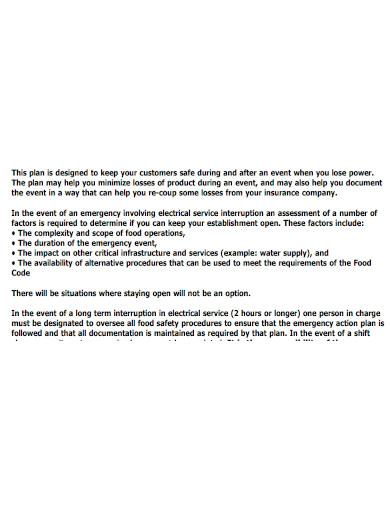Running a successful, efficient, and cost-effective warehouse requires two very important factors to come into play, strong leadership and constant improvements. Warehouse managers have to have a proper understanding of both present operational procedures and future technological trends. This should allow the company to comfortably keep up with current demands while keeping an eye on possible changes brought by further streamlined processes. This big-picture mindset can drastically show the difference between a business that’s simply surviving or a business that is actually thriving.
Warehouse operations play a huge part in the development of any company. That’s why it’s important to have well thought out strategies to ensure an efficient operation and ultimately a successful business. A warehouse strategy involves a lot of big decisions such as investment and operation costs that dictate the direction of logistics. Depending on the size, location, and resources of your business, implementing a strategy can look like a lot of different things. But regardless of these internal and external factors, it is still very important to have a competent warehouse manager, and a well established action plan, the only two things that you and your competitors should have in common. An action plan basically dictate the strategies that you will take, to ensure that your warehouse operations are always excellent. A well written warehouse action plan can easily improve the management efficiency of your warehouse, ultimately increasing operational efficiency and reduce costs whole keeping customer satisfaction off the charts. Check out these warehouse action plans listed below to learn more about the document and see what a well written action plan looks like. You can then use these as a guide or even as a template for when you want to write your own.
4+ Warehouse Action Plan Samples
1. Warehouse Action Plan Sample
2. Emergency Warehouse Action Plan
3. Warehouse Reduction Action Plan
4. Standard Warehouse Action Plan
5. Strategic Warehouse Action Plan
What Is a Warehouse Action Plan?
An action plan is a document that contains detailed, strategic, and specified outline for a certain project, project planning and implementation, business, or in this case, warehouse operations. Action plans can be used for the fulfillment of any venture of all shapes, types, and sizes. If you want what you are doing to be a success, then making an action plan is the best step to take. Basically it’s a checklist for the things that you have to do to reach your goals. A warehouse strategy involves a lot of important decisions, that’s why an action plan is needed for its fulfillment. It keeps the strategies grounded and tangible, and helps the members and management of the warehouse with the overall direction that they have to take. The contents of an action plan doesn’t have to be flashy or colorful, but it has to be detailed enough for the employees and management to immediately know what they have to do. Vagueness could just lead to further confusion that clarity. This document might not be much, but you’d be right not to underestimate the power in having your whole workforce know where you’re going and how you intend to get there.
How to Write a Warehouse Action Plan
Writing an action plan is not as easy as it seems. There is a significant challenge in knowing what you want to do and then explain it concisely and effectively for everybody to understand. There are several key steps you have to follow in writing an action plan to get the best out of it. Making sure that the information presented isn’t convoluted at all and that the steps are doable and achievable. These steps will be discussed in more detail below.
- Define your goal
Be sure to have a proper idea of what you are aiming for. Diving into strategies blindly without a clear scope of the problems that you are trying to fix only sets yourself up for failure. Analyze each situation and explore possible solutions before even considering them. Applying strategies such as the SMART criteria should ensure that your goal is properly screened and that it is actually attainable and feasible. - List down the steps
Write a checklist of the possible things that you will be taking and doing in order to fulfill your goals. Give enough parameters and details to ensure that the task is done exactly as how it should be done, and that no steps and skipped over during development. - Prioritize tasks and deadlines
You should then reorganize the list by prioritizing the most labor intensive tasks and the ones that require a significant amount of resources. Some steps might require other steps to be completed beforehand so be sure to take note of that as well. - Set milestones
Celebrating smaller victories can help keeping the team motivated by having something to look forward to each time. Smaller milestones will eventually add up to bigger achievements and it’s just nice to pat yourself in the back once in a while. - Identify the needed resources
It is best to have everything you need already within your reach. Making sure that you are well stocked and equipped just saves you a lot of time from encountering problems during strategy implementation. Don’t be too complacent in gathering resources either, it is best to already have everything and more. - Visualize your plan
Make sure that your action plan clearly communicates the elements that you have identified, the potential risks along the way, the tasks you’ll have to accomplish, the chain of command, assignments, deadlines, and a complete inventory of all of your resources. Visualizing the plan should help you gauge whether the goals and the tasks themselves are achievable or not. - Monitor, Evaluate, Update
Writing the plan does not end after putting it into paper. It is a live document. Meaning it’s susceptible to change over time. Keep track of both the plan and the team’s progress, evaluate if everything is working as you have visualized it, and update the plan whenever need be.
FAQs
How can we improve warehouse operations?
- Maximize and optimize all available warehouse space.
- Improve inventory.
- Adapt enabling technology.
- Organize workstations.
- Optimize labor efficiency.
What makes a good action plan?
A well written action plan should outline all the necessary steps needed to achieve the goals set by the management.
What are action steps?
Action steps refer to the specific efforts that are tailored to reach the goals that you have set in your action plan. Basically its what’s inside of an action plan.
A well rounded strategy along with a well written action plan should ensure that your company’s warehouse operations is always at its best. Think of it as a road, or a path, a well-made path that your team can take for maximum warehouse operations efficiency.
Related Posts
FREE 30+ Sample Flow Chart Templates
FREE 18+ Safety Agenda Samples
FREE 11+ Supply Inventory Templates
FREE 10+ Distribution Channel Samples
FREE 9+ Asset Inventory Templates
FREE 9+ Shift Leader Job Description Samples
FREE 8+ Sample Manual Handling Risk Assessments
FREE 7+ Sample Employee Evaluation Forms
FREE 7+ Sample Retail Business Plan Templates
FREE 22+ Sample Training Plan Templates
FREE 20+ Management Samples
FREE 15+ Product Business Proposal Samples
FREE 14+ Sample Maintenance Log Templates
FREE 8+ Retail Employee Schedule Samples
FREE 6+ Self Storage Business Plan Samples





